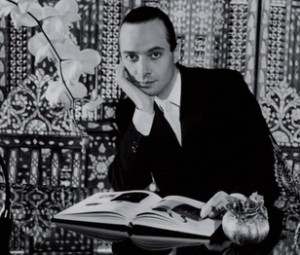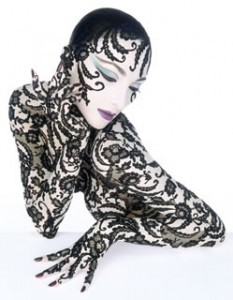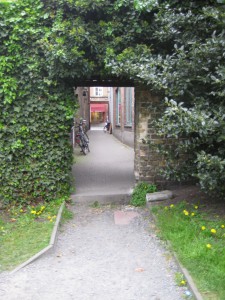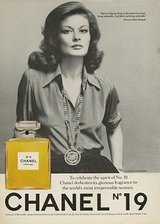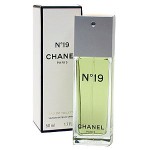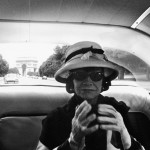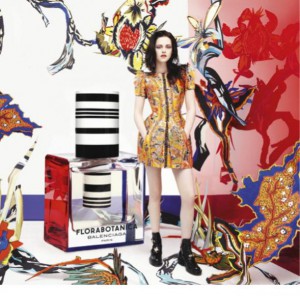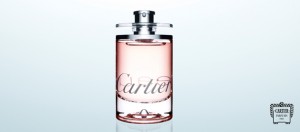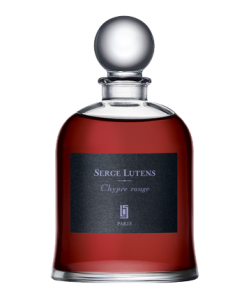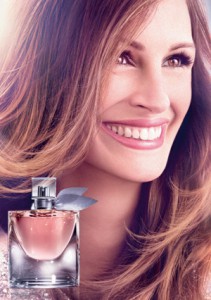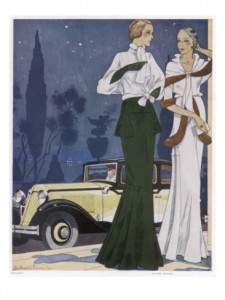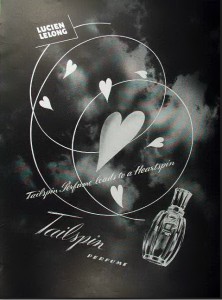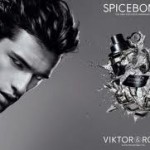Serge Lutens
In honor of Serge Lutens’s birthday this week, I thought I would post some biographical information on the man whose aesthetic genius spans multiple creative disciplines including perfumery, photography, art direction and design.
Serge Lutens was born on March 14, 1942 in the midst of World War II in Lille, a town near France’s border with Belgium. Lutens was separated from his mother at infancy, a circumstance which would mark his life forever and come to color his work. Lutens first worked in a beauty salon at the age of 14, and while this was reportedly not his first choice of career, it gave him an introduction into a world he would soon come to dominate. At the age of 18, he was called to serve his nation in the Algerian War, an experience which would propel him to seek out his dreams in Paris.
Lutens focused his efforts on amassing a portfolio of photographs, and through the lucky intervention of a friend, received an introduction to Vogue in the 1960s. The reaction to his work must have been astounding, because he was working for the magazine within the week. With such a prestigious start, Lutens was soon picked up by numerous fashion magazines, working alongside some of the biggest photographers and editors in the industry.
Lutens was contacted by Christian Dior in the late 1960s to assist them in the creation and launch of a makeup line, where his groundbreaking vision ultimately created a new revolutionary aesthetic that reflected the pulse of an entire generation. All the while, Lutens pursued other ventures such as filmmaking and travel, expanding his professional expertise. His travels exposed him to the cultures of Japan and Morocco, each lending a distinct exoticism to his style, and helping to form the imagery that would come to represent his unique vernacular.
His introduction to these cultures would have a profound impact on Lutens, one that would be readily evident in his later work. In 1980, Lutens collaborated with the largely-unknown Japanese cosmetics group Shiseido, helping to put them on the map as one of the industry leaders in the 1980s and 1990s. During his tenure at Shiseido, Lutens conceived the mythic Nombre Noir, a fragrance whose beauty was rivaled only by its black-on-black packaging.
Lutens matched the magic of Nombre Noir with his legendary 1992 Féminité du Bois, a fragrance which has achieved cult status among perfumistas. Féminité du Bois, which Lutens created in collaboration with Pierre Bourdon and Christopher Sheldrake, rewrote the perfume rules by fashioning a woman’s scent around cedarwood, a note traditionally ascribed to male fragrances. Aside from being highly innovative, Féminité du Bois is indescribably beautiful, arguably one of the greatest perfumes of all time. Serge Lutens also created Les Salons du Palais Royal, a magical perfume shop which perfectly showcases his creations.
2000 saw the launch of Lutens’s namesake brand under he which releases fragrances and makeup in keeping with his singular aesthetic. Many of these releases, including Tubéreuse Criminelle, Jeux de Peau and Ambre Sultan, have changed the way we look at perfume, weaving an intimate narrative between Lutens and his admirers. As a result of his impressive and innovative body of work, Serge Lutens has received several FIFI awards, not to mention the distinction of Commander in the Order of Arts and Letters. For our French-speakers, here is a link to a rare and memorable interview with Mr. Lutens which includes clips from his filmwork. The clip is worth watching even if you do not speak French, if only for a glimpse of this elegant and playful character. Serge Lutens Interview

A very Happy Birthday to Monsieur Lutens and a wish that he continues gracing us with his magical creations!

